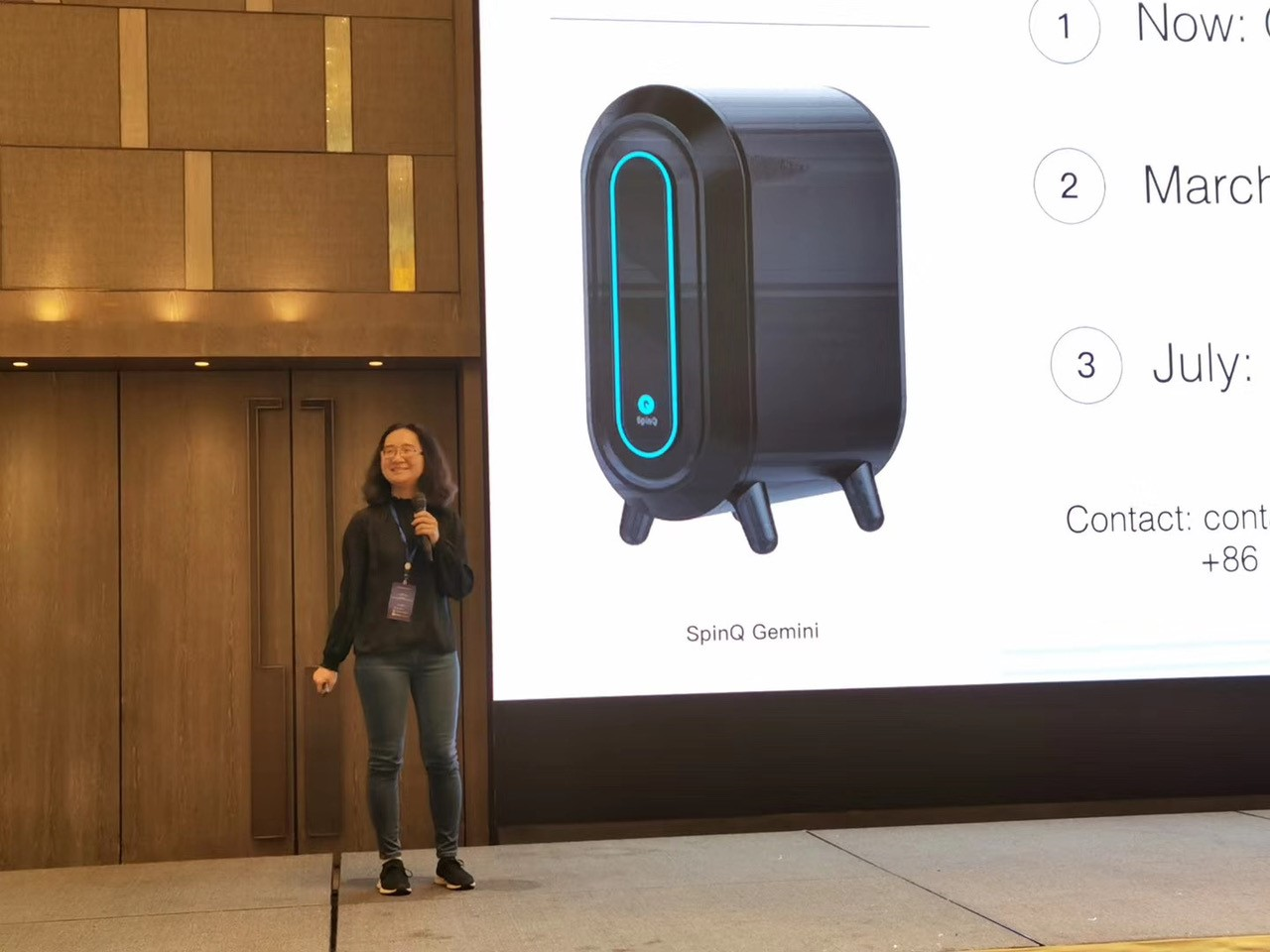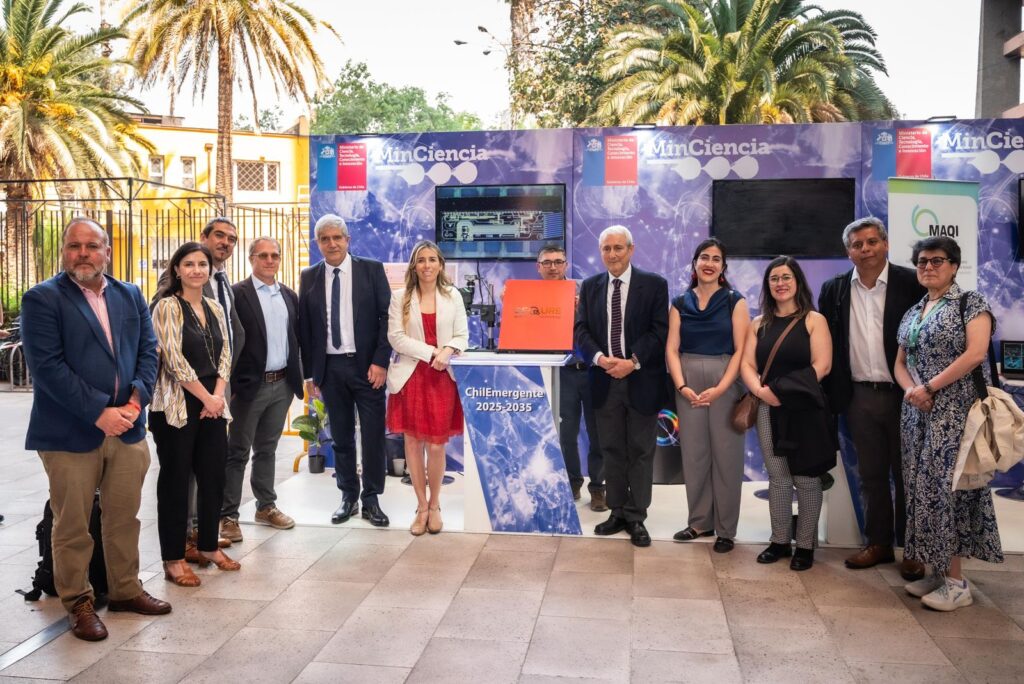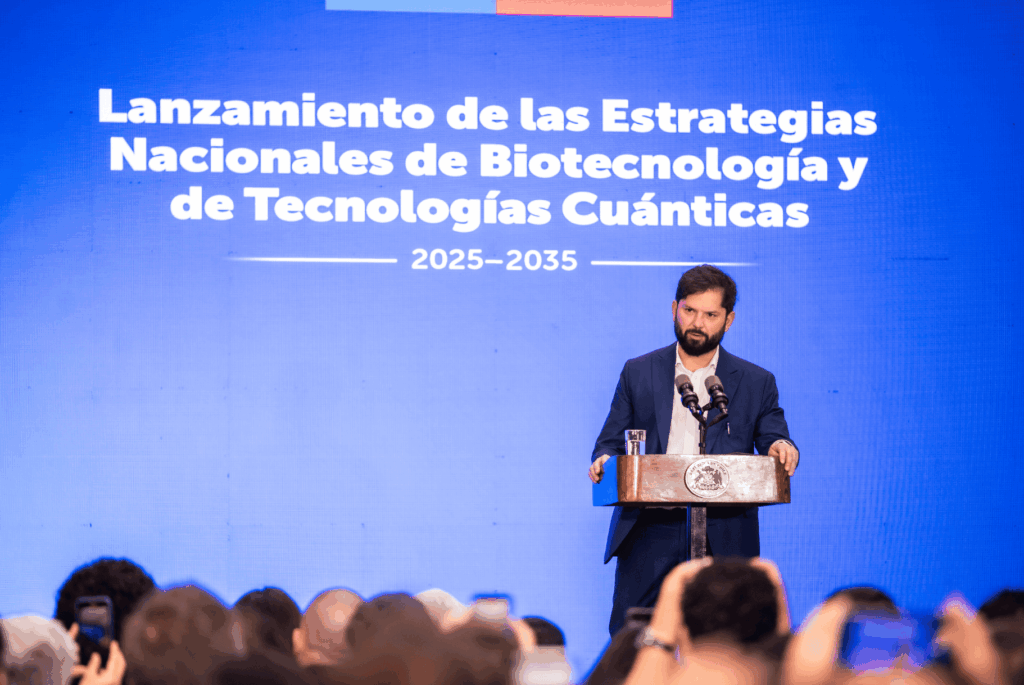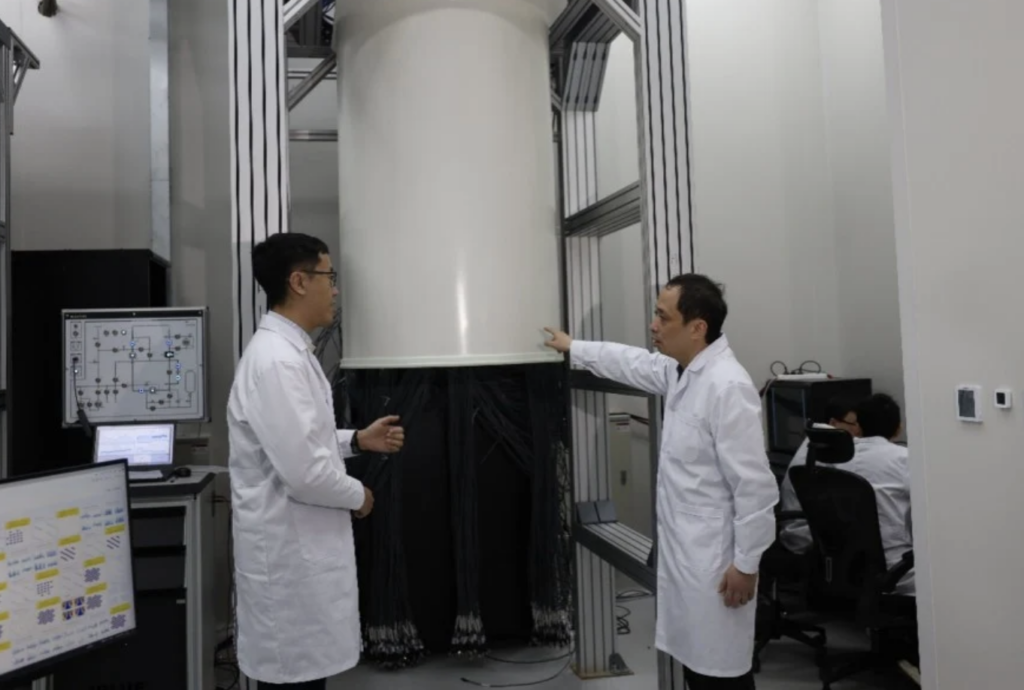
Scientists suggest a desktop quantum computer based on nuclear magnetic resonance (NMR) could soon be on its way to a classroom near you. Although the device might not be suited to handle large quantum applications, the makers say it could help students learn about quantum computing.
SpinQ Chief Scientist Prof. Bei Zeng from University of Guelph, announced the SpinQ Gemini, a two-qubit desktop quantum computer, at the industry session of the Quantum Information Processing (QIP2020) conference, which is held recently in Shenzhen, China. It is the first time that a desktop quantum computer is commercially available, according to the researchers.
SpinQ Gemini is built by the state-of-the-art technology of permanent magnets, providing 1T magnetic field, running at room temperature, and maintenance free. It demonstrates quantum algorithms such as Deutsch’s algorithm and Grover’s algorithm for teaching quantum computing to university and high school students, also provides advanced models for quantum circuit design and control sequence design for researchers.
SpinQ is a Shenzhen based company supported by venture capital, with an initial investment of 2 million CAD. It was founded by researchers from Institute for Quantum Computing at the University of Waterloo, the Hong Kong University of Science and Technology, and the Southern University of Science and Technology in Shenzhen.

Spin Quantum Computing Laboratory was established in September 2017 and sponsored by the Department of Physics at Southern University of Science and Technology (SUSTech,), Shenzhen Institute for Quantum Science and Engineering (SIQSE), and Peng Cheng Laboratory. The group conducts research on spin-based quantum technologies and the applications in quantum computing, with the experimental platforms including nuclear magnetic resonance (NMR) and optically detected magnetic resonance (ODMR).
— Provided by University of Guelph
















